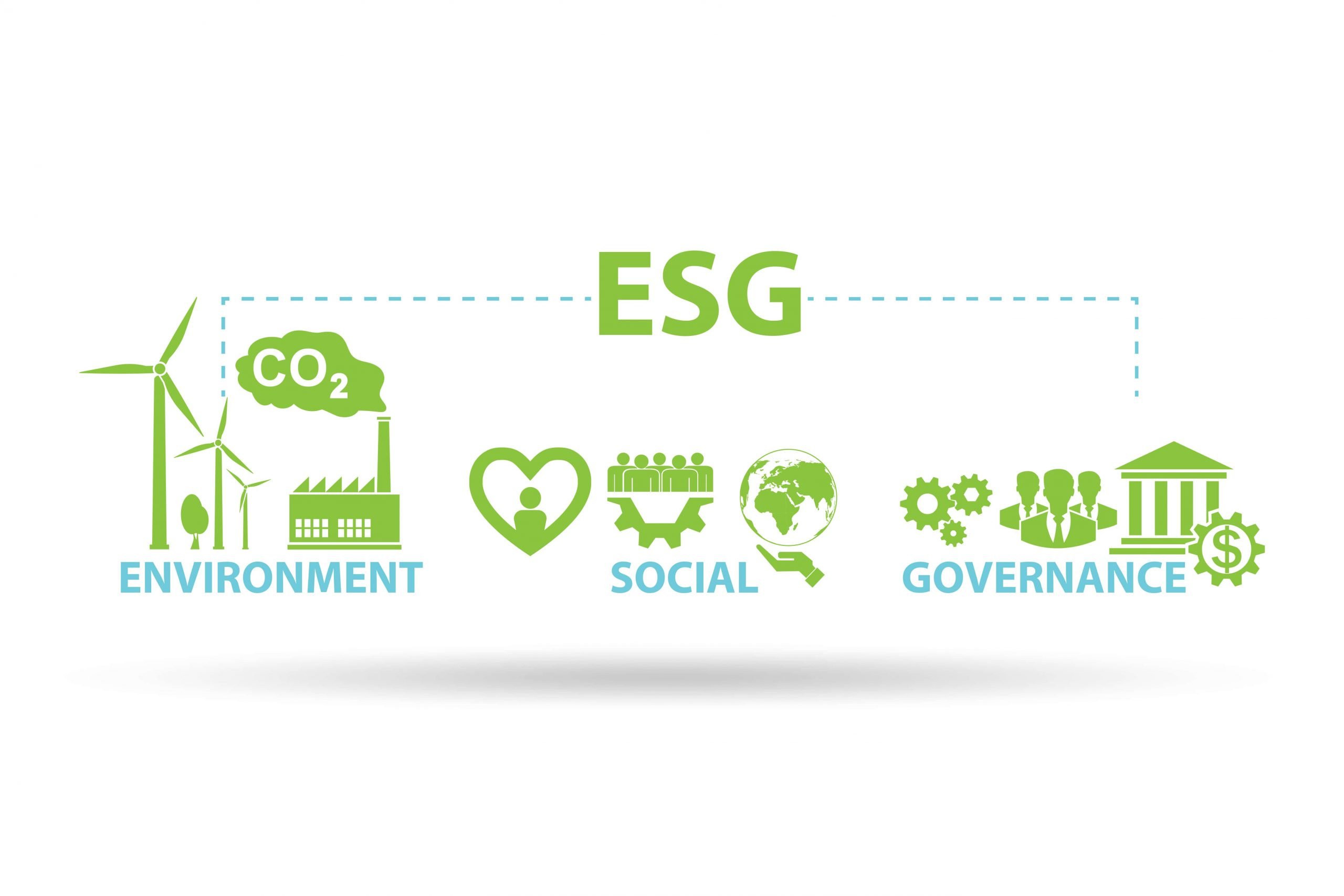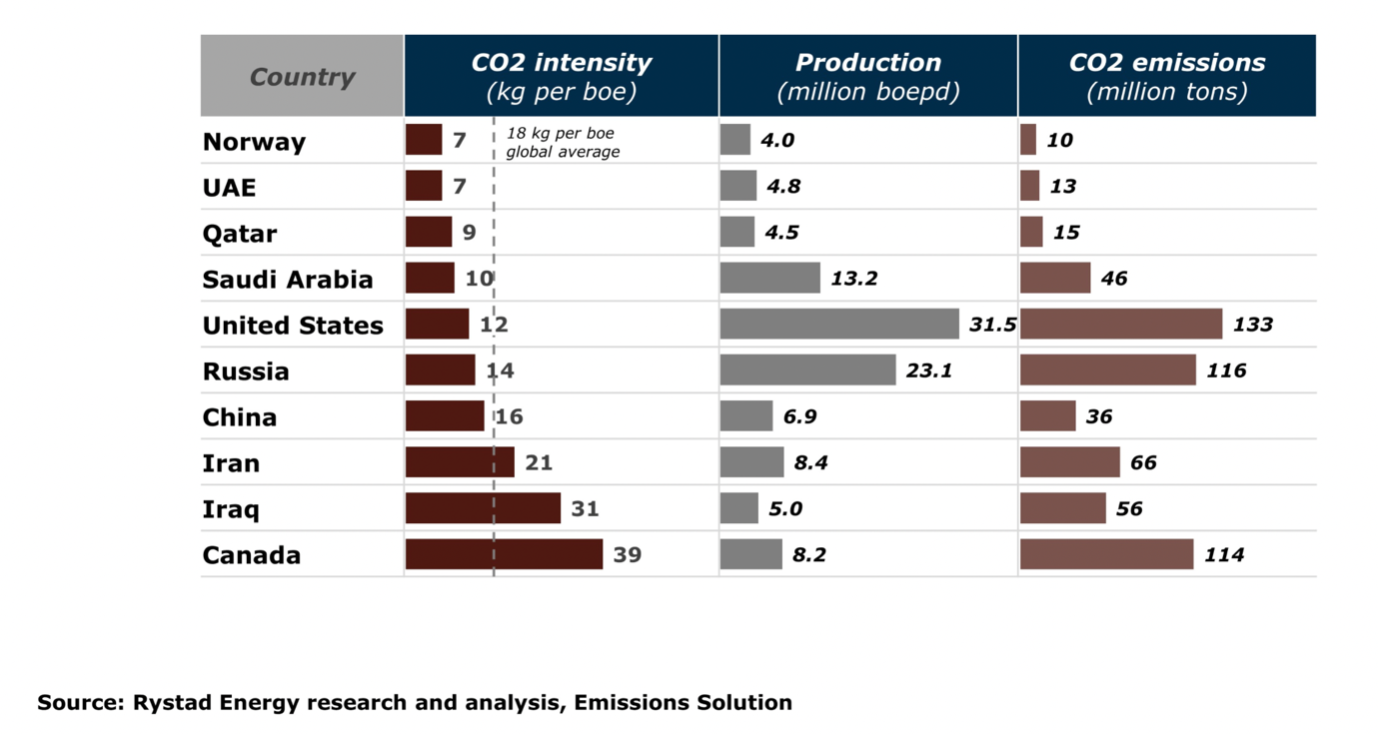Integrating environmental, social and governance (ESG) principles into your business strategy is no longer a nice-to, it has become a need-to. Your company, like all other companies, is intertwined and affected by factors concerning ESG. With ESG regulations and greater pressure on all organizations to be transparent about their environmental, social, and governance policies, it has become a must-have for businesses to create ESG policies and strategies.
ESG policies illustrate a company’s identification and quantification of its risks and opportunities, as well as highlights the ethics of a company. ESG goals include factors like gender equality, diversity, climate action, decent work and economic growth, industry, innovation, and infrastructure, to mention some. Such measurable considerations are beneficial to display both for employees, partners, clients, investors, and employees/company executives in making decisions concerning strategic matters.
ESG policies have also become a key part of a company’s risk management strategy. By measuring the impact of ESG factors on operational and reputational risk, you are better equipped to avoid or mitigate them. Legal and compliance risks also need to be handled, as ESG regulation becomes more comprehensive and ESG disclosures are mandatory for more and more companies in different sectors and sizes. All businesses are affected by some forms of regulations depending on the markets they operate in. The businesses with strong ESG measures, especially on governance, have a greater freedom to operate and invite less scrutiny from regulations. Although, concerning regulations and incentives the world has come a long way, it is not enough, companies must lead from the front in order to create momentum.
Failing to make a well-considered strategy concerning ESG factors will leave your business trailing competitors. Without an effective strategy, businesses leave themselves open to ESG risks, and to missing out on ESG opportunities.
With ESG-policies taking on an even greater role the last couple of years, companies can leverage on it in client, partner, and employee relations. It is shown that companies with a great ESG strategy attracts talent more efficiently and are able to keep them longer. The younger generation of workers prefers companies with strong commitments towards the planet and society. Having a clear ESG strategy and policies, generates an internal sense of pride among the business’ employees.
Setting up an ESG policy for your company might seem difficult. There are different criteria you have to consider when creating these policies for your company, based on the industry and country you operate in, as well as the size of the company, among other factors. There are several criteria set for large organizations or financial institutions, for instance the EU taxonomy for sustainable activities or the transparency act (åpenhetsloven) in Norway. In setting up a policy you can use certain framework, such as GRI standards or PRI, but these again depend on which countries you operate in.
In order to create an ESG policy for your company, you can enlist help from other companies with regards to creating a strategy, reporting on your status and development, and auditing the policy. However, there are currently no best practices on how to create ESG policies for companies. Although taking measures concerning ESG factors can seem to create some pain in a short-term perspective, consider that these risks and opportunities enhance sustainable long-term value creation.








